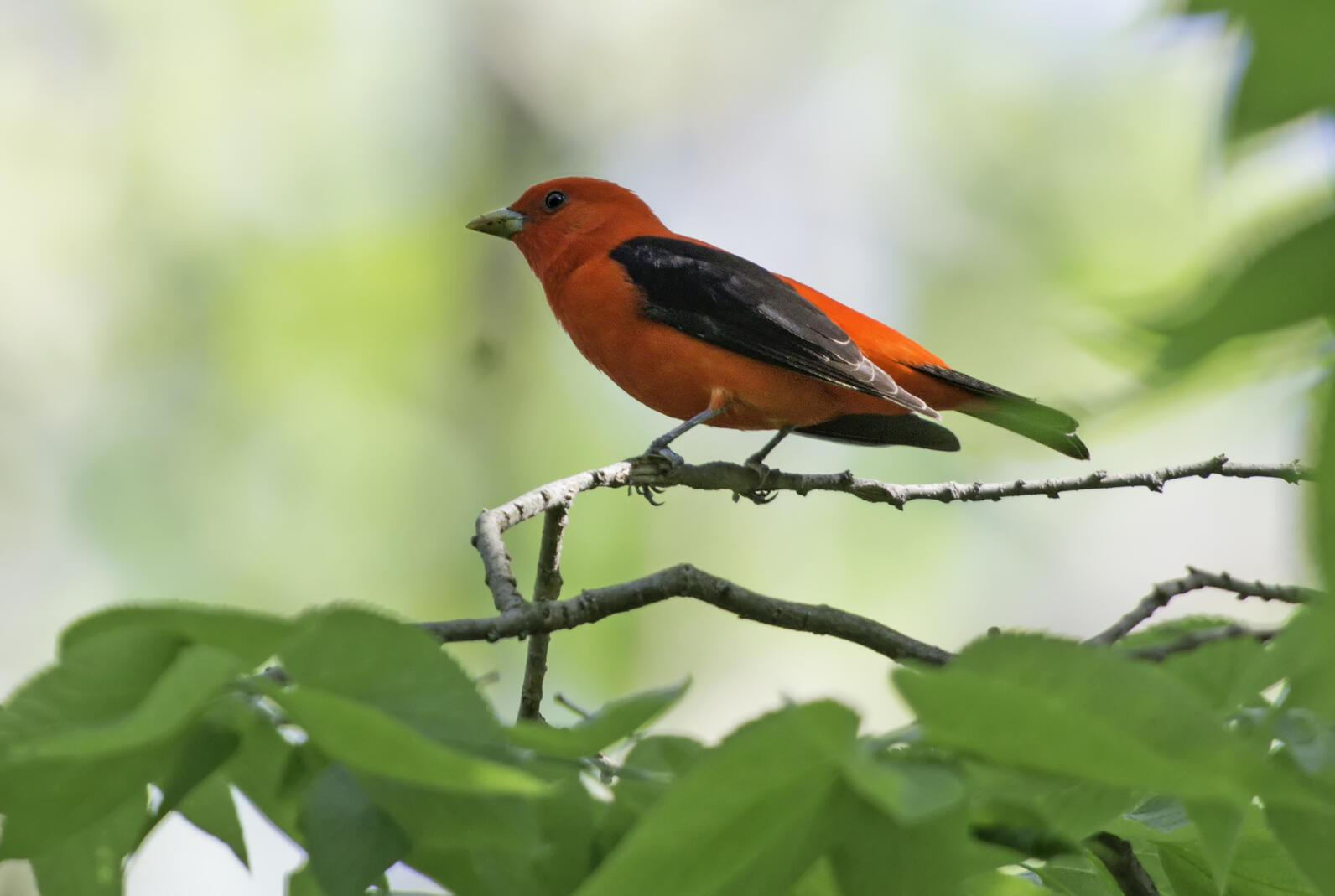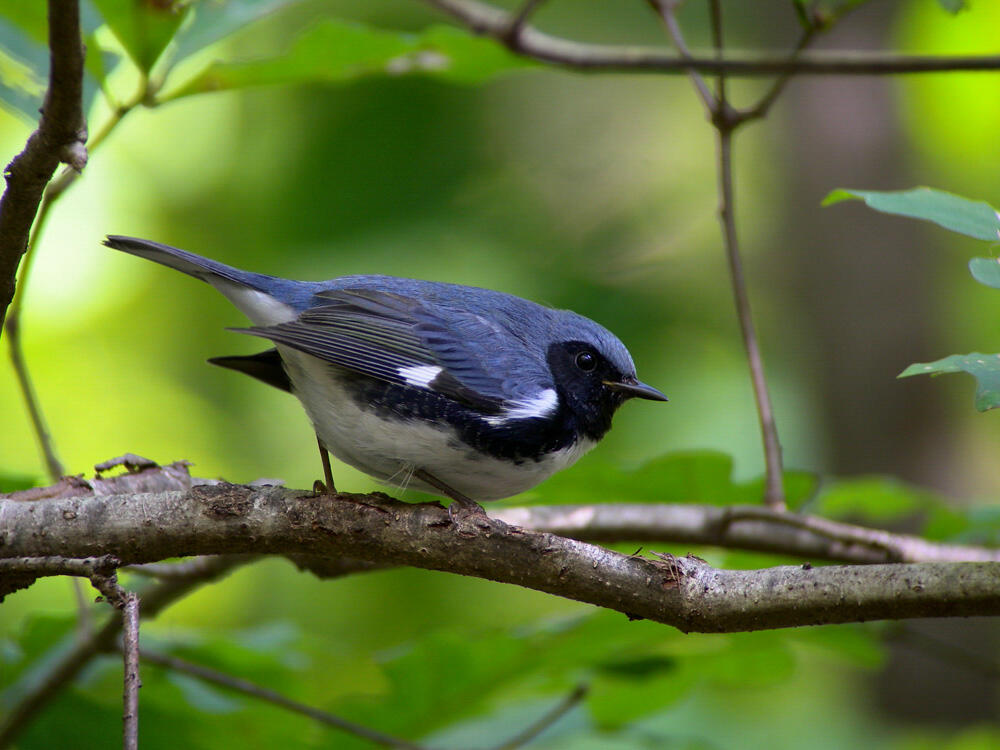Six producers are the very first in New York State to become official Bird-Friendly Maple producers, just in time for sugaring season.
Boulderfield Farms in Brant Lake, Giffin Road Maple in Canton, Mapleland Farms in Salem, Sapwood Farm in Dryden, Sunnyhill Farm in Arcade, and the Uihlein Maple Research Forest in Lake Placid (links to all available here) have all received official recognition from the Bird-Friendly Maple project for managing their sugarbushes—the forest area where maple syrup is produced—in ways that provide more resilient bird habitat.

“New York’s maple syrup producers are busy boiling down the sweet sap of maple trees to make our favorite breakfast condiment. Over the next few months, these same forests will come alive with the songs and bright colors of Scarlet Tanagers, Wood Thrushes, and Black-throated Blue Warblers. These songbirds, many of which are in serious decline, depend on our forests for insects to feed on, cover from predators, and places to conceal a nest,” said Zack Boerman, Forest Program Associate and Bird-friendly Maple project lead for Audubon New York.
All six producers are managing their sugarbush in ways that help these birds raise the next generation of their species.
What makes a bird-friendly sugarbush?
- Young trees and shrubs provide cover, food, and nesting sites for Black-throated Blue Warbler and Wood Thrush.
- Snags (dead trees) are left standing to provide nesting sites for woodpeckers and White-breasted Nuthatch, and insects for Scarlet Tanager.
- Downed trees and other woody material are left on the forest floor for birds like the Ovenbird and Ruffed Grouse to take cover, nest, and forage.
"We have amended our forest and wildlife habitat plan to include the practices and recommendations of the Audubon bird habitat assessment, and have observed an increase in the diversity of bird species that visit or nest in our forest,” said Sean Carter, co-owner of Sapwood Farm with his partner, Maria Paone. “We’re focused on not just the postage stamp of land that a piece of paper says we own, but how it’s part of a much larger landscape, and how that affects our friends, neighbors, and of course all the birds and other wildlife.”
“We believe the Bird-Friendly Maple recognition can be effective in differentiating what we make here in a crowded marketplace of maple syrup. Our hope is to spark interest with customers who understand the values of healthy habitats for birds and other wildlife, and who understand that managing the forest to be more resilient leads to a more premium product,” said Mary Jeanne Packer, national sales manager at Mapleland Farms.

“It is an honor to be recognized for having a forest that is managed for effective bird habitat. Maple sap is collected from intact-forest ecosystems that not only provide bird habitat, but also habitat for other wildlife, land for recreation, filter water, and sequester carbon. As a research and educational forest for Maple Producers across New York and the entire maple producing region, we strive to be a model for sustainable forest management. Being recognized by the Bird-Friendly Maple project is another way for us to best represent and lead the maple industry,” said Adam Wild, Director of Cornell University’s Uihlein Maple Research Forest.
“We’ve been in operation over 40 years. We believe maple production is more than a business, and we are dedicated to making the sugarbush as healthy as it can be,” said Norm Ameis, owner of Sunnyhill Farm.
###
CONTACT
Sharon Bruce, Communications Manager, sharon.bruce@audubon.org
Zachary Boerman, Forest Program Associate and Bird-friendly Maple project lead, zachary.boerman@audubon.org







